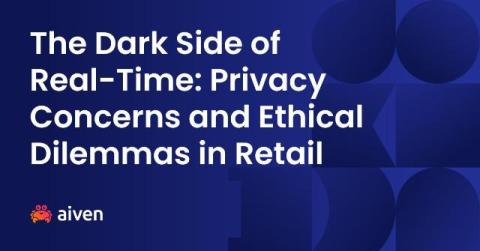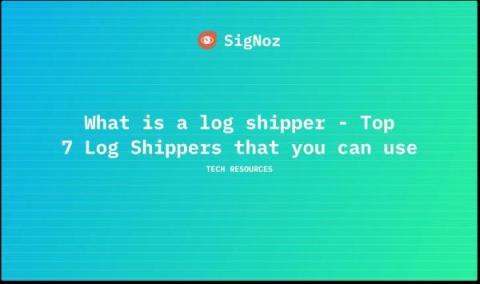The Dark Side of Real-Time: Privacy Concerns and Ethical Dilemmas in Retail
If retailers want to build trust with customers, they must be transparent about data collection and usage. This blog provides actionable guidance on gaining valuable insights from data while protecting customer privacy. The retail sector's increasing use of real-time data analytics is a double-edged sword in our privacy-first world. On one hand, it is a promising new revenue opportunity that leverages what retailers, by default, can already access.










